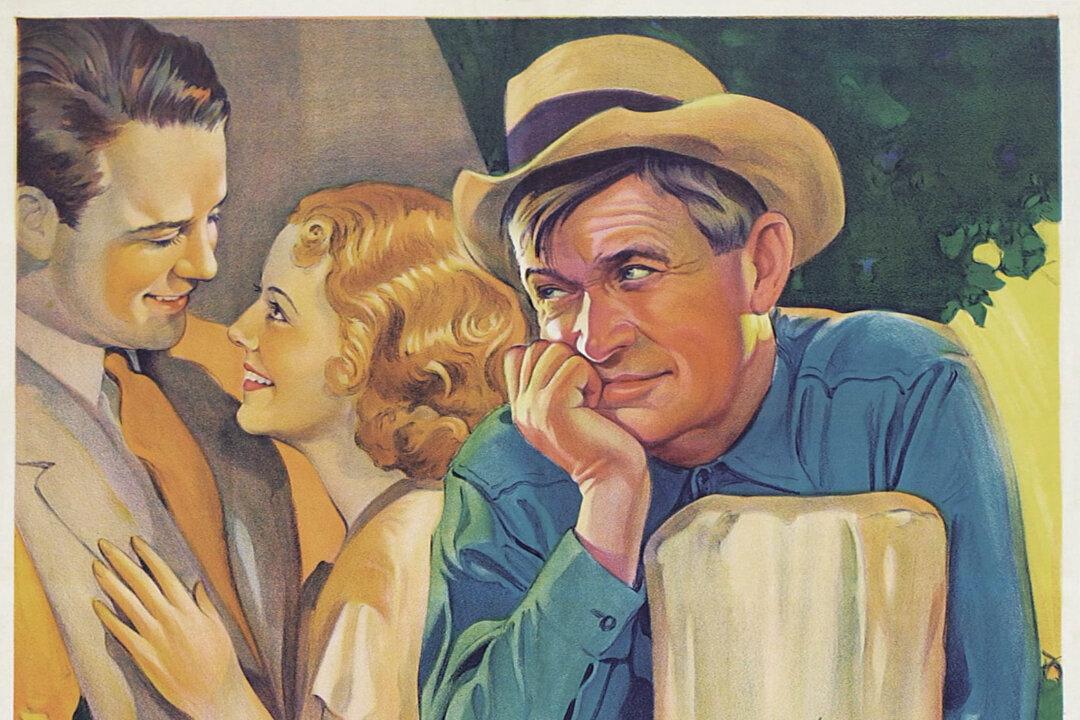Summer’s end is celebrated around the rural United States with state fairs, where farmers gather for fun, food, and blue ribbons. This tradition was the setting for Phil Stong’s bestselling 1932 novel, simply called “State Fair.” It would inspire three film adaptations.
The story follows an Iowa farm family, the Frakes, as they go to the state fair. The father, Abel, is obsessed with seeing his prize Hampshire boar win the blue ribbon, while the mother hopes to take first place with her pickles and mincemeat.






